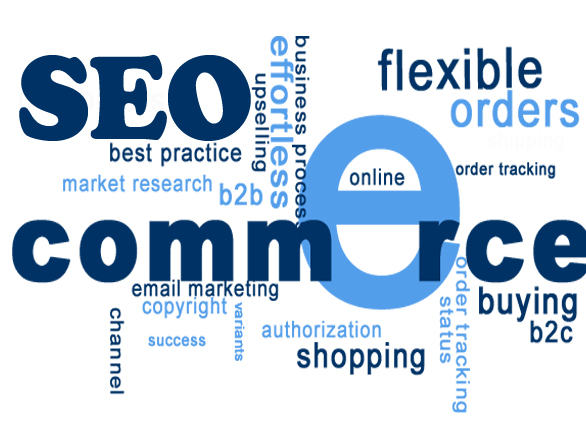Tips to Avoid Common Mistakes in E-Commerce Website Design (part I)
If you decided to launch your e-commerce website it is important to consider every single detail of its design and layout. We have analyzed common mistakes made in the realm of selling online to help you avoid them when developing your personal online store.
To begin with, keep in mind that providing shopping cart software and adding products to a database is only the first step. There is much more to be made if you want your business to be a success and greatly improve your customers’ experience.
So, let’s get started.
• A Lack of Product Information
E-commerce sites have to provide as many product details as possible since a customer cannot examine the items he likes as if he were shopping in a store. So, indicate materials, sizes, weight, dimensions, care instructions and any other relevant information depending on the nature of the product. By the way, having comments about the designer or brand is also a great idea to attract customers’ attention.
• No Contact Information
Shopping online requires providing credit card information. That’s why consumers want to make sure they are dealing with a real company and will be able to ask a real person for the help they need. If there is no contact information on your website, or it is hidden from the customers, or it is difficult to find it, chances are many people will choose to switch to another e-commerce website instead of working with you.
To solve this problem put your contact information in an easy-to-find place. Typically, the contact information is located either in your header, in your footer, or the top of your sidebar. It can also be placed on every page of your business website. The more contacts you provide the better – phone numbers, mailing address, email address and contact form will definitely add to the level of clients trust.
• Poor Customer Service Options
This point is similar to the previous one. Once there are customers who choose to buy at your website, make sure they can get in touch with you if they have a problem or question. The first step to solve this problem is to post a FAQ section that covers common questions customers might have – include your return policy, shipping policy and other store rules; or tell what to do if they need to order parts or replacement items.
• A Confusing Checkout Process
This is the biggest blunder one can commit. Ideally, a checkout process should include a single page for customers to check their order and enter their billing and shipping information. Plus, there should be a confirmation page before they decide to submit their order. For more details check our post here.
• Requiring to Sign up to Order
Requiring an account to order can be another obstacle you place in your prospective clients’ path. A way-out from such a situation is to offer your visitors the option at the end of their ordering process. For instance, offer them to save their account info and make future orders easier or to track the status of their current order. This will not drive away customers before they have completed their order.
• A Bad Site Search Engine
Many people prefer buying online because they know exactly what they want to buy. That’s why they are likely to use site search engine instead of checking website categories and filters. So, make sure there is a good built-in search engine on your site, and preferably has filters for letting customers refine their results. For instance, the Product Filter developed by Plumrocket Inc. lets customers refine results based on the color and size features saving their time and improving their user experience.
Read our next post to learn more about common mistakes in e-commerce website design.




